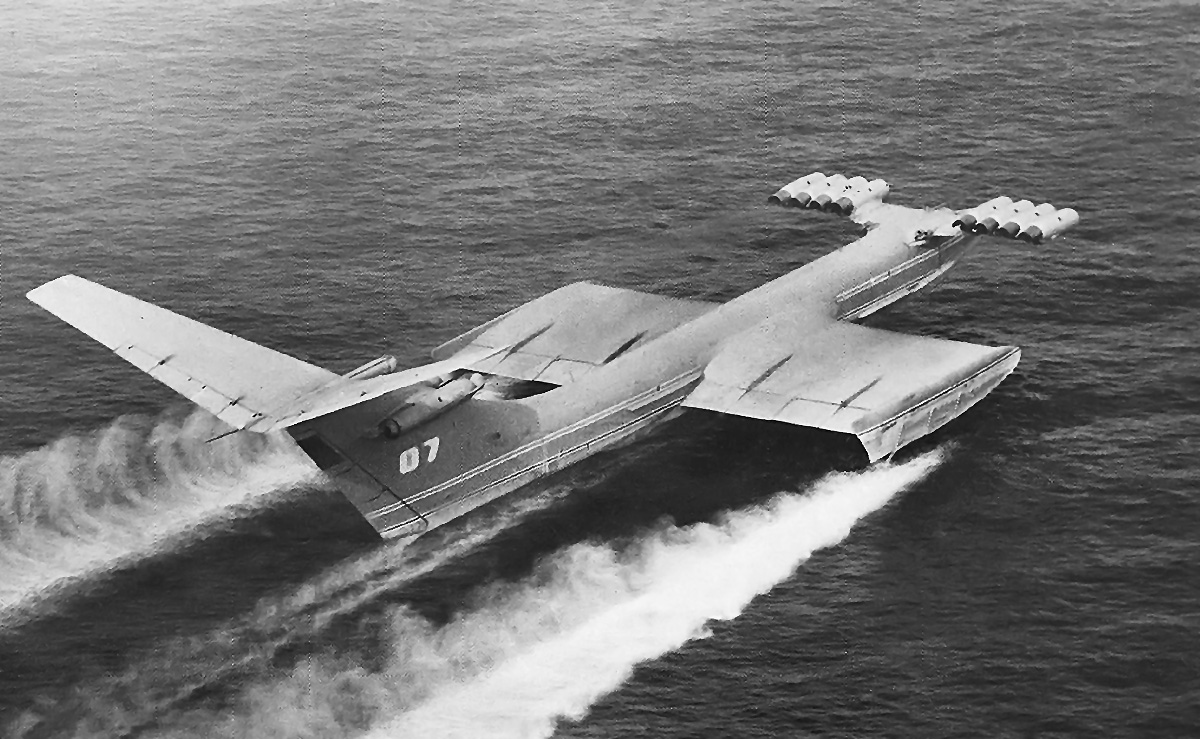
The Caspian Sea Monster Unveiling the Secrets of the KM Ekranoplan
The "Lun" ekranoplan was one of the last designs to come out of the Soviet ground effect vehicle program. Longer than an Airbus A380 superjumbo and almost as tall, despite its size and weight,.

KMCaspian Sea Monster Ekranoplan Ground Effects, Flying Boat, Angeles
The 'Caspian Sea Monster' rises from the grave By Miquel Ros, CNN 6 minute read Updated 7:13 PM EST, Wed December 29, 2021 Link Copied! Drone development: The ekranoplan concept lives on in.
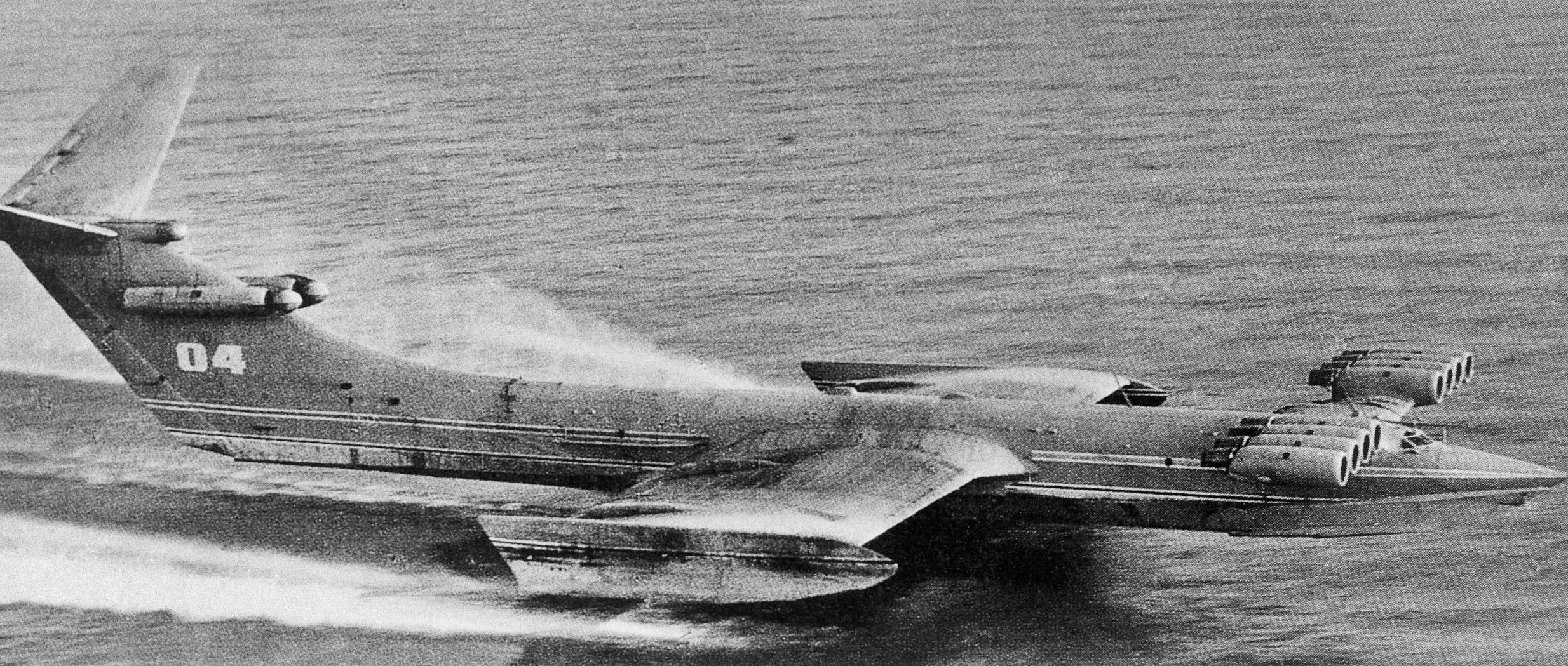
Σκληραίνω ξυριστική μηχανή Αυξήστε τον εαυτό σας ekranoplan km caspian
One of the most famous ground effect vehicles was the "Caspian Sea Monster," or Ekranoplan KM. The craft was 300 feet long and flew from 1966 to 1980 across the Caspian Sea, until it.

Ekranoplans are Back! Maybe. The Regent Seaglider A Niche in the
The KM (Korabl Maket) (Russian: Корабль-макет, literally "Ship-prototype"), known colloquially as the Caspian Sea Monster, was an experimental ground effect.
Caspian Sea Monster, Soviet Ekranoplan (experimental ground effect
At the height of the Cold War, a huge Russian flying ship known as an ekranoplan was built. Once so secret its existence was denied, the colossal plane is a testament to the extremes of Cold War competition, the boundaries of engineering, and the mysteries that can arise when the two intersect.

SovietEra 'Sea Monster' Stranded in Caspian Sea During Tow Effort
This enormous ekranoplan stood 92m (301 ft 10 inches) long, and its wingspan measured 37.60m (123 ft 4 inches). Fitted with 10 x Dobrynin VD-7 powerplants, this hybrid-boat aircraft could cruise at 430km/hour. It could travel up to 1,500km (930 mi) at a maximum speed of 500km per hour.

Caspian Sea Monster ekranoplan Never Was Magazine
Korabl Maket (KM) - Caspian Sea Monster. At the time of its completion, the Korabl Maket Ekranoplan was the largest aircraft ever built. Travelling at over 500kph with a lifting capability of 600 tonnes, the vehicle relied on two small engines either side of its enormous tail fin to propel itself forward, although this wasn't the most notable feature of the vehicle.

KMCaspian Sea Monster Ekranoplan Amphibious aircraft, Stealth
By Kevin Koenig Anadolu Agency/Getty Images Two years ago, Russian authorities pulled a "sea monster" from a remote military pier on the Caspian Sea, the world's largest inland body of.
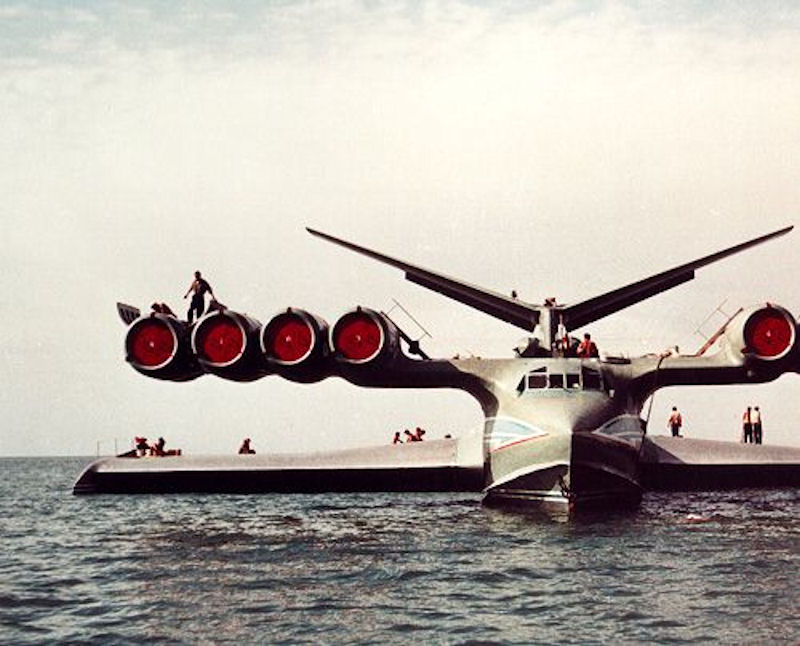
Lun Class Ekranoplane Project 903
The US spotted the ekranoplan when it was taxying at a Soviet military base in a town in Dagestan, on the Caspian sea. Naturally, the CIA and other Western intelligence agencies developed an intense interest and concern in this new enemy design.

SovietEra 'Sea Monster' Stranded in Caspian Sea During Tow Effort
An "ekranoplan" is a particular type of vehicle that's technically classified as a ship, but are really something closer to an airplane crossed with a boat. These unusual craft make use of a.

What happened to the Ekranoplan? The Caspian Sea Monster Curious Droid
This was very good news as it offered Alexeyev more than sufficient resources to build the KM Ekranoplan (also nicknamed the Caspian Sea Monster) which would become the biggest "aircraft" from the Cold War era. An engineering success. The KM Ekranoplan was powered by 10 Dobrynin VD-7 turbojet engines producing 28,670 lbf (pound-force) each.
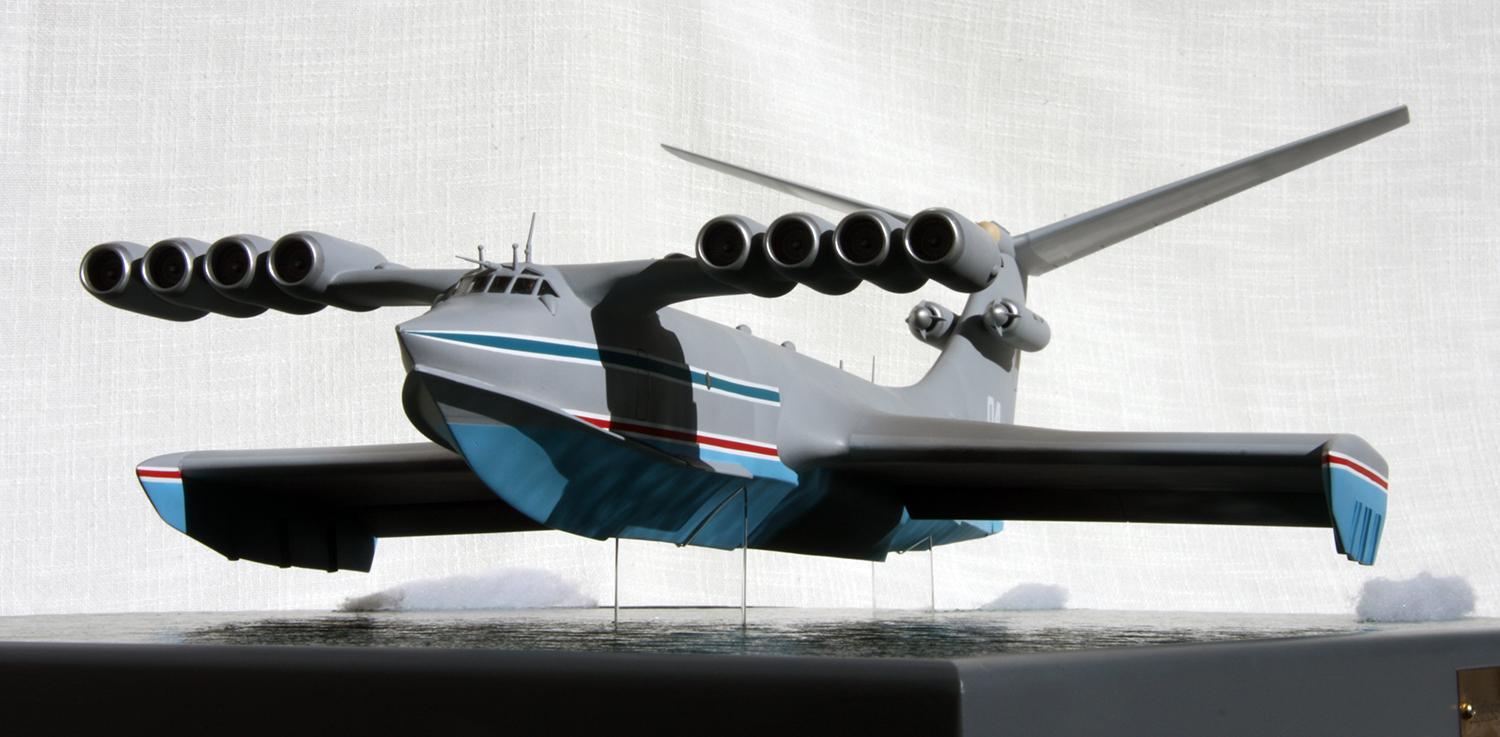
Alekseyev KM “Caspian Monster” 1/144 Anigrand Ekranoplan iModeler
Aug 8, 2020 Hans Wiesman, Guest Author. Ekranoplans: Unreal Russian Jet Punk-like Wing-in-Ground Effect Flying Boats, with 8/10 Jet-engines, strange-looking relics of USSR's weird Cold War military designs of the 1960s and later. Welcome to the world of the Ekranoplans, the flying mechanical Dinosaurs living in mysterious lakes beyond the Ural.

Lun Ekranoplan 'Caspian Sea Monster' Military Jets, Military Aircraft
"when there is a will there is a way". The Soviet Union War Technology in the 1960's
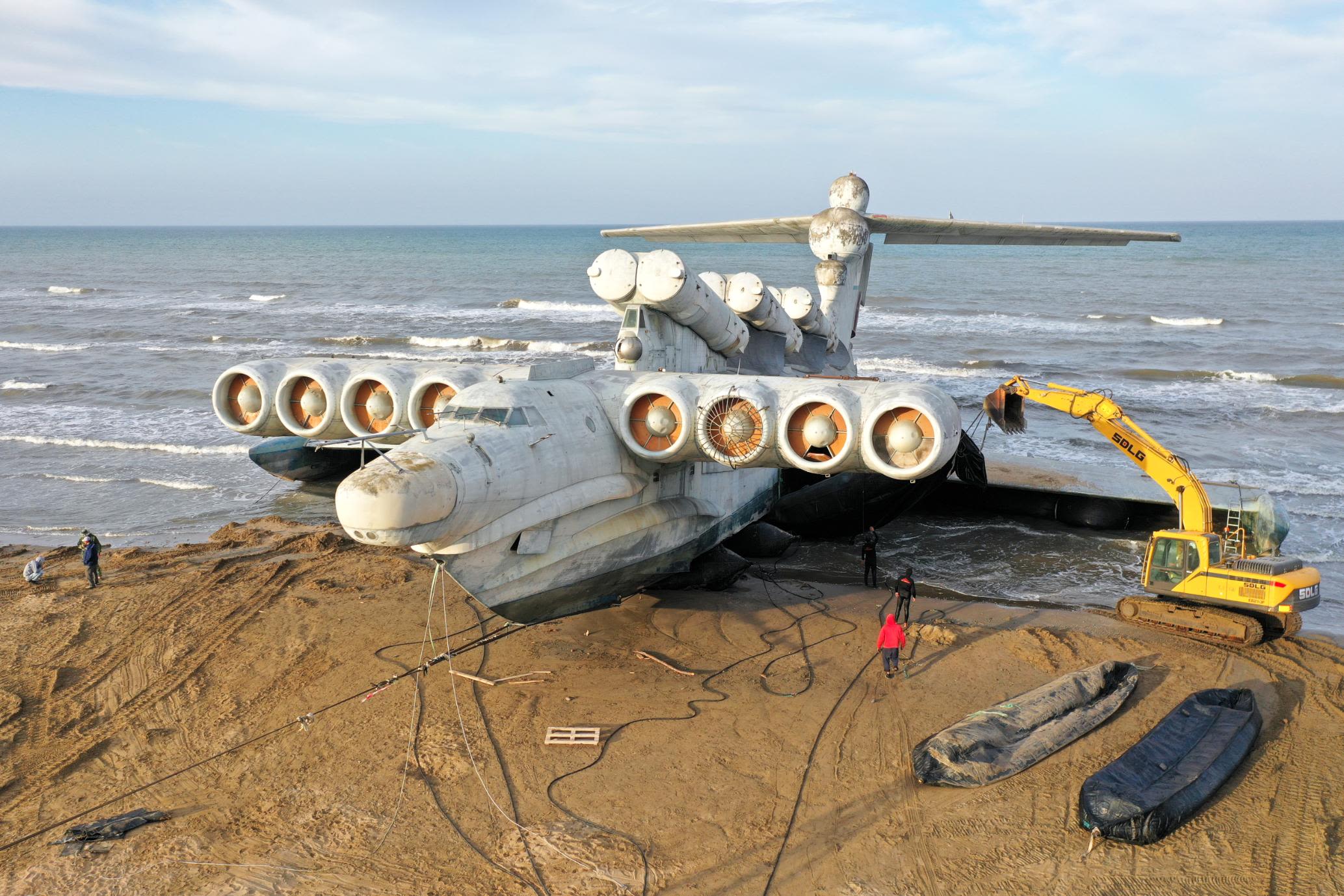
Caspian Sea Monster. Not a plane, not a ship
The Lun -class ekranoplan was developed on the basis of the experimental KM ekranoplan, which was nicknamed the " Caspian Sea Monster ". The Lun was powered with eight Kuznetsov NK-87 turbofans, mounted on forward canards, each producing 127.4 kN (28,600 lbf) of thrust.

The 'Caspian Sea Monster' rises from the grave CTV News
1968 spy satellite photo of the Caspian Sea Monster (US Government / Public Domain) The Monster was almost 100 meters (330 feet) long, far bigger than any other aircraft then or now. The modern "double decker" Airbus A380 passenger plane, the largest in the world, is only 73 meters (240 feet). Happily, the craft seemed unfinished.

Ekranoplan 'Caspian Sea Monster' Aircraft, Aviation, Airplane
The Caspian Sea Monster, officially «KM» (Korabl Maket, Russian - Корабль-макет Naval Prototype), also known as the "Kaspian Monster", was an experimental ek.
